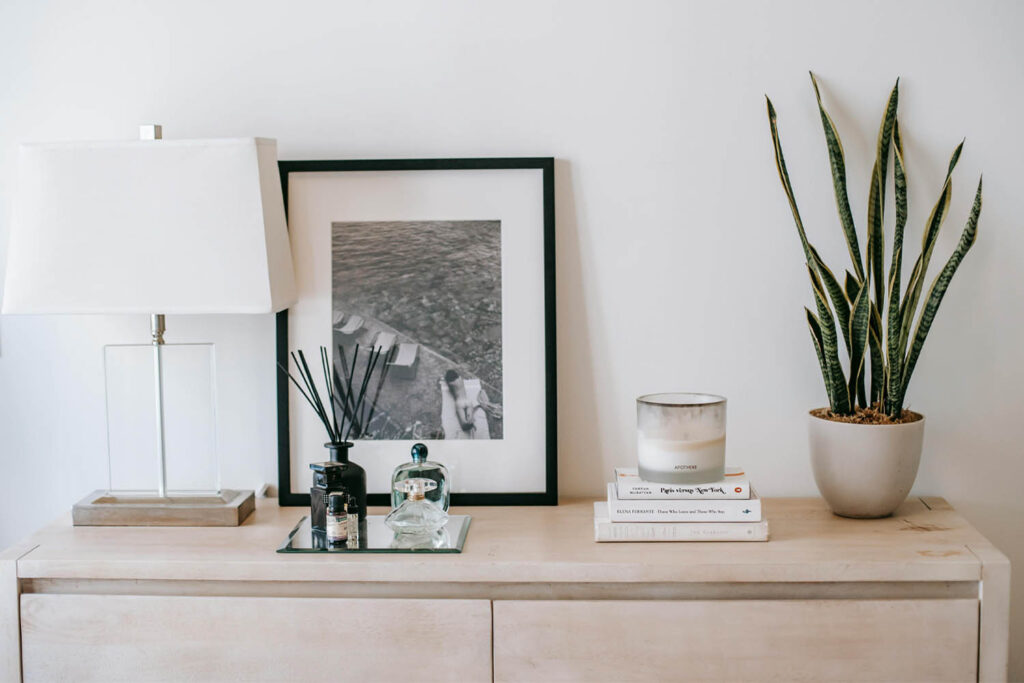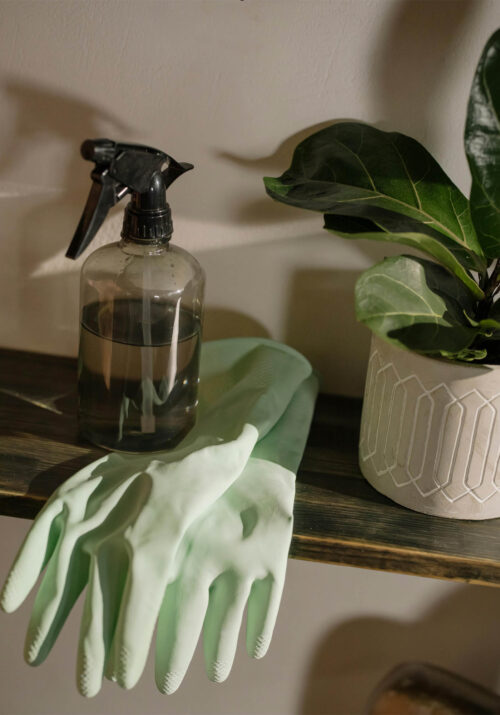When it comes to interior design, mastering the dynamics of pattern, scale, rhythm, and repeats can transform a space from ordinary to extraordinary. These elements play a crucial role in creating harmony, visual interest, and cohesion within a room.
In this guide, we’ll delve into how to effectively incorporate these design principles into your home, addressing common concerns and providing expert tips along the way. But first, let’s delve into some definitions to gain a comprehensive understanding of these fundamental principles.
Pattern refers to the repetition of decorative motifs or designs within a space. These can manifest in various forms, including fabrics, wallpapers, rugs, and accessories. Patterns add visual interest, texture, and personality to a room, helping to establish its aesthetic theme. Whether it’s florals, geometrics, stripes, or abstract designs, patterns can evoke different moods and styles, from classic elegance to contemporary flair.
Scale relates to the size and proportion of objects within a room in relation to one another and the space as a whole. It’s crucial to consider scale when selecting furniture, accessories, and decorative elements to ensure they complement the room’s dimensions and create a balanced composition. Oversized furniture in a small room can overwhelm the space, while undersized pieces may feel lost or out of place. Achieving the right scale fosters visual harmony and enhances the functionality of the room.
Rhythm in interior design refers to the visual flow and movement created by repeating elements or patterns throughout a space. Just as musical rhythm creates a sense of tempo and continuity, visual rhythm guides the eye smoothly from one focal point to another. Consistent repetition of colors, shapes, textures, or motifs establishes a cohesive rhythm, promoting a sense of unity and coherence within the room. Rhythm can be achieved through the strategic placement of furniture, artwork, or architectural details to create a harmonious visual journey.
In interior design, repeats pertain to the deliberate replication of patterns or motifs across various elements within a room. Repeating patterns, whether in fabrics, wallpapers, or decorative accents, reinforces visual continuity and ties disparate elements together. By echoing a particular pattern throughout the space, designers can establish a sense of rhythm and cohesion, enhancing the overall aesthetic appeal. However, it’s essential to strike a balance between repetition and variety to prevent monotony and maintain visual interest.

Plaid: Beyond the Farmhouse Aesthetic
Plaid, often associated with farmhouse decor, can be utilized in various design styles without giving off a rustic vibe. To achieve a more contemporary look with plaid, consider opting for modern interpretations of this classic pattern. Choose plaid in sleek, monochromatic tones or experiment with unexpected color combinations.
Additionally, balance plaid with clean-lined furniture and minimalist accessories to maintain a polished aesthetic.
Pillows: Mixing Patterns with Panache
When it comes to pillows, the choice between different or repeated patterns depends on the desired effect. Mixing patterns can add visual interest and depth to a space, but it’s essential to ensure cohesion. To achieve a harmonious look, consider incorporating a mix of scales and textures while sticking to a cohesive color palette.
Alternatively, repeating patterns can create a sense of rhythm and unity within a room, especially when used strategically across various elements such as pillows, upholstery, and drapery.
Pattern Fatigue: How to Avoid Design Burnout
One common concern when using patterns in interior design is the risk of tiring of them over time. To prevent pattern fatigue, opt for timeless patterns with enduring appeal rather than trendy designs that may quickly feel dated.
Additionally, consider incorporating patterns in smaller doses or through easily interchangeable elements like accent pillows or throws. This allows for flexibility and the ability to refresh the space without undertaking a complete overhaul.
Delve into the intricate world of interior design dynamics as we explore the nuances of pattern, scale, rhythm, and repeats, mastering the art of creating harmonious living spaces – keep reading to unlock the secrets to achieving balance and sophistication in your home decor.
Mixing Contemporary and Traditional: Finding Balance
Blending contemporary and traditional elements can create a dynamic and personalized aesthetic in your home. When combining different styles, repeating patterns can help establish a sense of continuity and cohesion. Choose a common thread, such as a particular color or motif, to tie disparate elements together seamlessly.
By repeating patterns strategically, you can achieve a harmonious balance between contrasting design styles.
Understanding Scale: From Carpets to Furniture
Scale plays a crucial role in interior design, influencing the perceived size and proportion of elements within a space. When selecting carpets, consider the scale of the pattern in relation to the size of the room. Larger patterns can make a space feel more expansive, while smaller patterns may be better suited to cozier rooms.
Similarly, when choosing furniture, ensure that the scale is appropriate for the room’s dimensions to maintain balance and functionality.
Choosing the Right Pillow Sizes
When it comes to pillows, size matters. Selecting the appropriate pillow size can enhance both comfort and aesthetics in a room. Larger pillows make a bold statement and provide ample support, while smaller pillows are ideal for layering and adding texture. Consider mixing different sizes for visual interest and versatility, ensuring that each pillow complements the overall scale of the furniture and space.

Pros and Cons of Small Art
Small art pieces can add charm and intimacy to a space, but they also come with their own set of considerations. While small art is perfect for filling narrow or awkward spaces, it may get lost in larger rooms or compete with other focal points. To make small art pieces stand out, consider grouping them together gallery-style or framing them with larger mats to create visual impact.
When to Go Small in Your Design
Knowing when to go small in interior design can be a game-changer for maximizing space and visual appeal. Small-scale furniture is ideal for compact rooms or apartments, where space is at a premium.
Additionally, small accessories and accents can add personality and character to a room without overwhelming the space. Embrace small-scale design elements strategically to make the most of every square inch.
Finding the Right Living Room Lamp Size
Lamps not only provide illumination but also serve as decorative accents in a living room. When choosing the right lamp size, consider the scale of the furniture and the overall proportions of the room. A large, statement lamp can anchor a seating area and become a focal point, while smaller lamps can add ambiance and functionality to side tables or consoles.
Aim for a balanced arrangement that complements the room’s design and enhances its functionality.
In conclusion, mastering the dynamics of pattern, scale, rhythm, and repeats is essential for creating a cohesive and visually appealing interior design scheme. By understanding how to effectively utilize these elements, you can transform your home into a space that reflects your unique style and personality. Whether you’re experimenting with plaid patterns or balancing contemporary and traditional elements, remember to prioritize harmony, balance, and functionality in your design decisions.
With careful consideration and attention to detail, you can achieve stunning results that elevate your home’s aesthetic to new heights.











